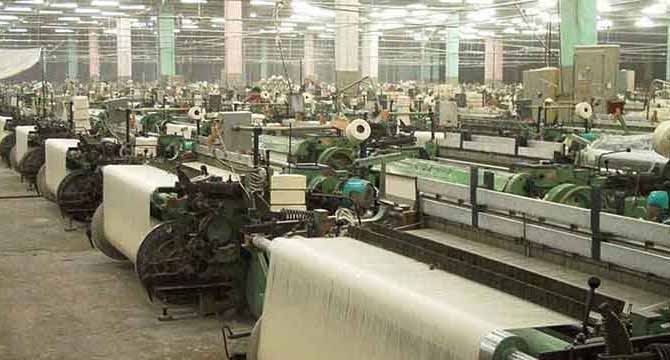LAHORE , April 19, 2023: The country’s textile group exports plunged by around 12.40 per cent to $12.476 billion during the first nine months (July-March) of the current fiscal year 2022-23 as compared to $14.242 billion during the same period of last year.
Data released by the Pakistan Bureau of Statistics (PBS) showed that the country’s textile group exports witnessed a decline of 22.61pc in March 2023 on a year-on-year basis and remained at $1.257bn as compared to $1.625bn during the same month of last year.
On a month-on-month (MoM) basis, textile group posted 6.55pc growth compared to $1.180bn in February 2023.
Cotton yarn exports registered 36.92pc negative growth in 9MFY23 and remained $573.084 million compared to $908.48mn during the same period of the last year. On a YoY basis, cotton yarn exports registered 26.32pc negative growth, while on a MoM basis it registered 22.43pc growth.
The PBS data further shows that rice exports fell by 10.79pc during the first nine months of FY23 and remained $1.598bn compared to $1.791bn during the same period of FY22.
The country’s overall exports during July-March 2022-23 totalled $21.051bn (provisional) against $23.35bn during the corresponding period of last year, showing a decrease of 9.85pc.
The exports in March 2023 were $2.372mn (provisional) as compared to $2.191bn billion in February 2023 showing an increase of 8.26pc but declined by 14.58pc as compared to $2.77bn in March 2022.
Main commodities of exports during March 2023 were knitwear (Rs87,269mn), readymade garments (Rs77,456m), bed wear (Rs55,154m), rice others (Rs48,799m), cotton cloth (Rs44,260m), towels (Rs22,077m), rice basmati (Rs19,467m), cotton yarn (Rs19,073m), sugar (Rs17,389m), and fish and fish preparations (Rs15,325m).
— LSM output contracts 11.6pc in February —
The country’s Large-scale manufacturing (LSM) contracted 11.6pc in February over the same month last year causing massive layoffs, especially in export-oriented textile industries, the Pakistan Bureau of Statistics data shows.
The slowdown in industrial output is mainly contributed to the textile and clothing industries because exports from the sector posted double-digit declines. It is expected that exports will further fall in the coming months.
In January, the LSM growth declined by 7.9pc on a year-on-year basis as against a 3.51pc dip in December 2022.
There was a negative growth of 5.49pc in November 2022, 7.7pc in October 2022 and 2.27pc in September 2022 on a year-on-year basis. While a paltry rise of 0.30pc was recorded in August after LSM shrank 1.67pc in July, the first month of the current fiscal year.
LSM also registered a negative growth of 5.56pc on a year-on-year basis between July and February. In the previous fiscal year, LSM grew 11.7pc year-on-year.

